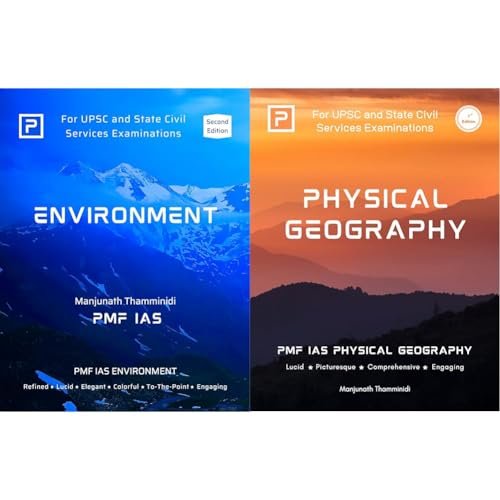
Top Quark
Subscribers of "Current Affairs" course can Download Daily Current Affairs in PDF/DOC
Subscribe to Never Miss an Important Update! Assured Discounts on New Products!
Must Join PMF IAS Telegram Channel & PMF IAS History Telegram Channel
- Context (TH): Scientists at the Large Hadron Collider have reported the most precise measurement of the most massive subatomic particle known, the top quark.
- Physicists discovered the top quark in 1995 at a particle accelerator in the US called the Tevatron.
- The top quark is 10 times heavier than a water molecule, roughly 3 times heavier than a copper atom, and about 95% as heavy as a caffeine molecule.
- The high mass makes the top quark so unstable that it could break up into lighter, more stable particles in less than 10−25 seconds.
- Measuring a top quark’s mass is difficult because of its short lifetime of less than 10−25 seconds.
- Higgs bosons interact most strongly with it, which is why it is the most massive subatomic particle.
How a Particle Acquires Mass
- A particle’s mass is equal to the sum of masses contributed from multiple sources.
- An important source for all elementary particles is the Higgs field, which pervades the entire universe.
- A ‘field’ is like a sea of energy, and excitations in the field are called particles. For e.g., an excitation of the Higgs field is called the Higgs boson, while an ‘electron field’ is called the electron.
- All these fields engage with each other in specific ways. For e.g., when the ‘electron field’ interacts with the Higgs field at energies much less than 100 GeV, the electron particle will acquire some mass.
- The same thing goes for other elementary particles.
- Elucidating this mechanism won François Englert and Peter Higgs the 2013 Nobel Prize in physics.
|
Why Top Quark’s Mass is Important
- Testing the Standard Model: An accurately measured top quark mass allows physicists to verify the Standard Model’s internal consistency and identify potential areas where it might be incomplete, hinting at new physics beyond it.
- Higgs Boson Interaction: Because of its strong interaction with the Higgs field, studying its mass helps physicists indirectly probe the properties of the Higgs boson itself and further our understanding of how particles acquire mass.
- The Fate of the Universe: Even if the Higgs field is slightly stronger than it is now, the atoms of most chemical elements will be destroyed, taking stars, galaxies, and earthlife with them.
|
Large Hadron Collider (LHC)
- LHC is the world’s largest science experiment, built by the European Organisation for Nuclear Research (CERN). It is located outside Geneva.
- It is a collider which accelerates two beams of particles (hadrons) in opposite directions and smashes them head-on. A hadron is a subatomic particle made up of smaller particles.
- The LHC typically uses protons, which are made up of quarks and gluons.
- It energises the protons by accelerating them through a narrow circular pipe that is 27 km long.
Achievements of LHC
- Discovered the Higgs boson or God’s Particle in 2012.
- Tested the predictions of the Standard Model of particle physics.
- Observed exotic particles like pentaquarks and tetraquarks.








![PMF IAS Environment for UPSC 2022-23 [paperback] PMF IAS [Nov 30, 2021]…](http://pmfias.b-cdn.net/wp-content/uploads/2024/04/pmfiasenvironmentforupsc2022-23paperbackpmfiasnov302021.jpg)











